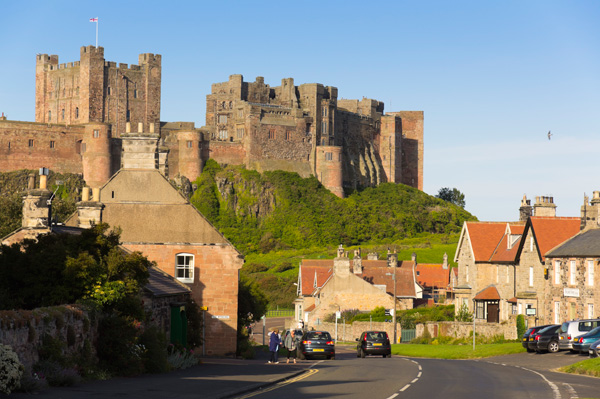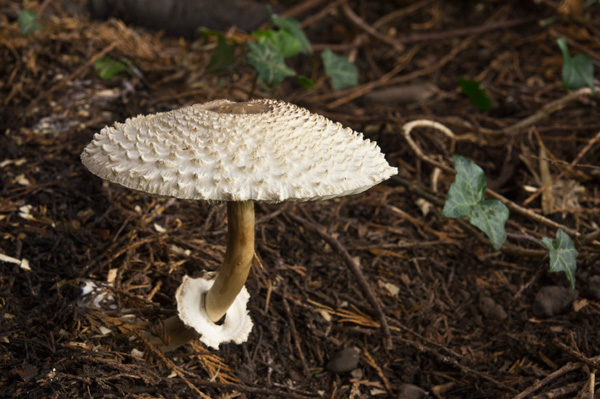Watch the birdie – will Sony’s GPS surprise?
Before reading this article, which has attracted a lot of traffic and attention, please remember this is my personal speculation and could be entirely wrong (I’ll be very disappointed if it is miles off target and they omit GPS… or my reading-between-the-lines turns out to relate to a different product like a superzoom pocket camera with improved GPS).
There are plenty of detailed rumours about the specifications of the forthcoming Alpha 77, Alpha 65, NEX-7 and NEX-5n to be found on the Sonyalpharumours website:
http://www.sonyalpharumors.com/sr5-the-full-a77-a65-nex-7-and-nex-5n-specs/
I’m not here to confirm or deny any of this (like most mainstream journalists, even those with some connection to Sony, I don’t get advance information and I am not running a camera-test website which demands a pre-production preview under strict non-disclosure terms).

The image currently circulating most, purporting to show a new Alpha – 77 or 65. Real or not, it looks good enough.
The 12fps stated maximum shooting speed of the semi-pro specification A77 fits in with information given to me as long as three years ago. A vaguely Alpha 700 like prototype was being tested in the Australasia region with 15fps. Most of the other specifications, such as the magnesium or magalloy body, were apparent right from the first mockups being shown if you know your Alpha construction. The strap lugs were the giveaway. You can tell an A900/850/700 type camera (solid metal carcase under a plastic skin) from an A1/2/3/4/5xx Alpha by the strap lugs connected through the skin to the casting.
But what Sonyalpharumours doesn’t elaborate on its something I believe Sony has put into the new Alpha 77 which will make it the ultimate cameras for bird watchers, aircraft spotters, wilderness ramblers, explorers, police forces and the military. It has GPS. I think that when it is seen by the press later this month the GPS will be a big point.
It will be the fastest locking-on GPS built in to any camera, and it will be the first to record ALL the data you need. That will include not only the latitude and longitude and height above sea level, but also the compass direction the camera is aiming in and the inclination of the camera. Combined with very accurate focal length, focus distance and AF locus data, this will make it possible to use the Alpha 77 for photogrammetry (measurement, mapping, object size identification).

I parked illegally and jumped out of the car for this shot of Bamburgh Castle from the village’s main road. For once, the Alpha 55 GPS locked on instantly and gave me the exact location of the camera on the Google Earth terrain view below.

But two days later I spent ten minutes, using a tripod, carefully photographing an uncommon slightly edible mushroom in our garden over 30 miles from this shot. Needless to say, all the frames of the mushroom display the GPS data from Bamburgh as it had failed to update its position.

This is Leucoagaricus nympharum – white field mushroom with ‘dancing maidens’ on its distinctive cap. Some sources state it is edible. For me, it was. For Shirley – noted as one to avoid for the future… but a great photographic subject. Natural light, CZ 16-80mm, 1/3rd of a second at f/14, 80mm, ISO 100, manual focus and settings.
The GPS in my Alpha 55 has been a real help in travel photography. I use Media Pro, the Phase One cataloguing and keywording software. Since this moved away from Microsoft ownership it no longer has its own own Microsoft Virtual Earth pane to open when GPS embedded data is found. Instead, it opens my web browser to the usual Google Map and Earth page. It’s not as neat as having the map tab within the Media Pro software but it works just as well.
However, the A55 GPS frequently doesn’t get a signal during many minutes of shooting at a new location. I have entire shoots of places, lasting several minutes in clear open conditions, wrongly tagged for the last spot visited. Fortunately, if I have left the camera switched on I sometimes find the correct location attached to the next place en route…
The Alpha 77 will, I believe, see an end to poor GPS and it will add the vital compass and inclination functions. Combined with the 24 megapixel resolution, near-silent mirrorfree high speed sequences, and the 1.4X and 2X teleconverter functions (cropping the sensor field but retaining full HD 1080p video, we hope) this will make the 77 the world’s best camera for wildlife safaris. And for those who like to log their natural history subjects, the accurate GPS tagging is the closest thing you can get to digital evidence of the authenticity of your shot.
All major camera companies have their eye on government and military budgets. It was the US forces’ decision to buy Topcon SLR cameras in the 1960s which gave that small but excellent camera brand a few years of glory. They achieved it by making a camera which was tougher and more versatile (in some ways) that the rival Nikon F – with accurate TTL metering that did not need a bulky prism head.
At different times Olympus, Nikon, Leica, Hasselblad and even Minolta have been favourites for government and military use. I think Sony, realising what the high resolution and very fast capture rate of their new technology mean to such users, will have sealed the deal by upgrading the GPS. The Alpha 77 will not only be the world’s best wildlife and wilnderness companion, it will also be the best evidence camera, surveillance camera and spy’s best friend.
Of course this is all pure speculation. It is based on a well-grounded hunch, and on what I would do myself, if I was in charge of the Sony development plan for the A77. There’s no way I would let another GPS module out in the world with less reliability than the average pocket digicam’s version. I would want my top SLR (SLT) GPS to be a world-beater.
Now you’ll just have to wait and see. But wouldn’t it be good if I’m right?
– David KIlpatrick
